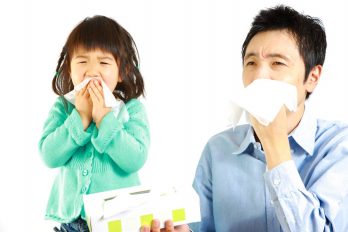The temperatures are rising, and the last days of summer break are here, leading many parents to want to make the most of the waning days of summer. It’s essential, though, to stop and think about the dangers posed by the record temperatures when your child is playing outside. Taking some time to look at how to keep your child safe in the heat is always a good idea.
Pay Attention to these Summer Heat Dangers
First and foremost, you’ll need to remember that it’s never a good idea for a child to stay outside in extreme temperatures for very long. You’ll want to use your best judgment, of course, but frequent breaks from playing outside are a must. Even if this just means sitting in the shade under an umbrella for a few minutes, giving your child’s body time to cool down and adapt will be helpful.
It’s also a good idea to make sure that your child is wearing light clothing that won’t further increase their body heat. Hats can do a great job of providing shade and protection, but make sure that you’re also using sunblock on your child when they go outside – the last thing you want to deal with is a sunburn, after all. Remember, sunblock does need to be reapplied, so pay attention to the labels on the products that you use.
Finally, make sure that your child stays well-hydrated when outside. Bring a large water bottle with you any time you go outside, and make sure that your child is frequently drinking. It’s also a good idea to consider bringing some kind of healthy sports drink with you as well, as your child will need to replenish their electrolytes after a hard day of playing and sweating.
While you certainly don’t need to feel like you should always keep your child inside, it is important to make sure that you’re keeping your child safe when the temperatures rise. The right clothing, the right amount of water, and frequent breaks during play can help your child stay safe while still giving them an excellent chance to make the most of these last days of their summer break.




